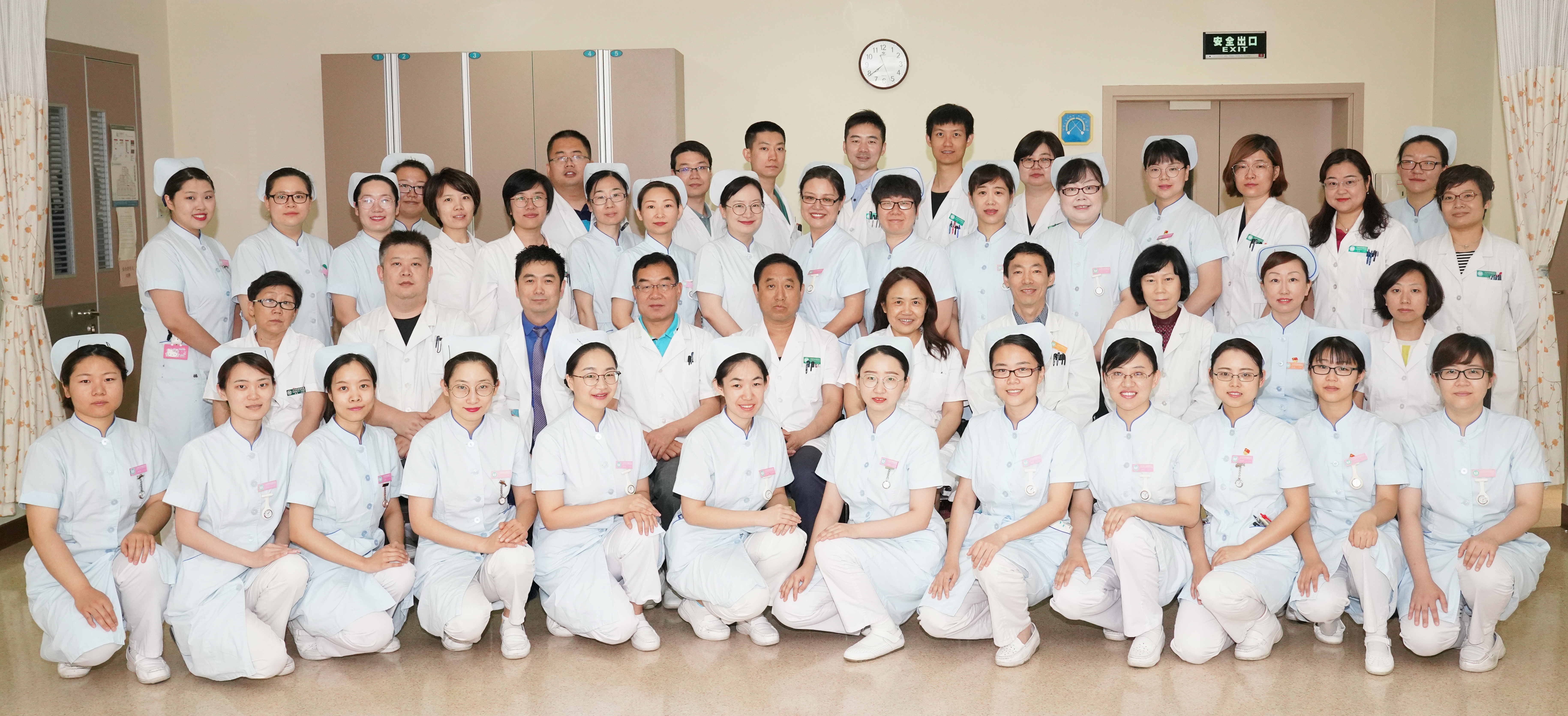
Curing Case Varieties
1) Breast malignant tumors:
breast cancer , breast phyllodes sarcoma, malignant lymphoma of breast.
2) Breast benign tumors:
intraductal papilloma , cystic hyperplasia of breast, breast fibroadenoma , mammary duct ectasia, mammary hamartoma, acute mastitis (multiple abscesses).
Breast cancer treatments &characteristics
1) Individual treatment methods:
surgery , chemotherapy, radiotherapy, endocrine therapy and molecular targeted therapy.
2) Medical characteristics:
pay attention to promote new technique and new treatment methods, raise integrity level of breast cancer treatment in our country.
Since our department established, while completing the medical task, we pay more attention to scientific research and the teaching work, successively undertake and participate many items of international and national multi-centers clinical trails, many items of international, national as well as rovince department level scientific research, and we also attain several scientific research achievement prizes at province department level, publish dozens of paper in the overseas and national journals, participate in editing and translation of books, accept hundreds of students from national tumor doctor advanced studies class and give them overall training including surgery demonstration, teaching, research and so on, to make them as a qualified tumor surgeon.
New technique and new treatment methods for breast cancer
We developed standard rules of diagnosis and treatment for breast cancer, supported by Center Laboratory and Department of breast pathology. Following the rules of evidence-based medicine, latest outcome of breast cancer research in the world wide and patients’ needs, we develop standard and individualized treatment on primary breast cancer.
1) Application of sentinel lymph node biopsy
At present, the lymph node metastasis is the absolute indication for systemic treatment. An axillary lymph node dissection is recommended by your surgeon in order to see if the cancer has spread to the lymph nodes underneath the arm. Approximately 5-10% of the patients who undergo an axillary lymph node dissection experience chronic problems related to the dissection such as arm swelling (lymphedema), or pain or discomfort in the area of the dissection, especially for the patients having no lymph node metastasis. SLN biopsy is a procedure in which the sentinel lymph node is removed and examined under a microscope to determine whether cancer cells are present. SLN biopsy is based on the idea that cancer cells spread (metastasize) in an orderly way from the primary tumor to the sentinel lymph node(s), then to other nearby lymph nodes. Sentinel Lymph Node Biopsy is a new advance in breast cancer treatment. It is a simple procedure, which may reduce the amount of surgery you need to have and provide information to doctor to help in treatment plan. Now our department has completed the prophase research of SLNB and prepare to applicate this new technique into clinical practice.
2) According to molecular pathology results, provide technical supports for clinical individualized treatment
To judge onset risk of breast cancer, besides routine methods, molecular targets have been used in the appraisal for onset risk and directing the treatment. One of tasks for department of breast pathology is to provide the results of molecular pathology diagnosis, besides traditional diagnosis methods. And diagnosis results of molecular pathology could predict effects given different regimens and prognosis of patients, also, could provide technical supports for individualized treatment.
3) Neoadjuvant treatment for breast cancer
Advanced and metastatic breast cancer need effective systemic combined therapies , including chemoradiotherapy, endocrine therapy and molecular target therapy. For multiplicity of treatment methods and indeterminateness of effects for individualized treatment, neoadjuvant systemic treatment is the reliable and effective method for systemic treatment. In our department, neoadjuvant treatment has become the conventional method, at the domestic leading position. In several hundred cases already completed neoadjuvant chemotherapy, the rate of pCR has reached to 30%.
4) Achieve international advanced level in conservation surgery of breast cancer
Large-scale clinical research confirmed the safety of conservation surgery. Under the premise to guarantee the effects of treatment, conservation surgery could obviously improve the quality of life for breast cancer patients. With the supports of pathology diagnosis as well as radiotherapy technology, our department has already widely developed the treatment of conversation surgery. At present, breast conservation rate has to be in the lead domestically , partially recurring rate obviously was lower than the international average level.As an established treatment for primary breast cancer, breast-conserving surgery is limitedly applied among the patients with large tumors or unfavorable tumor location.Effective neoadjuvant chemotherapy is an extremely valuable tool in the treatment of large breast cancers and should be offered to patients as a chance for breast conservation.

